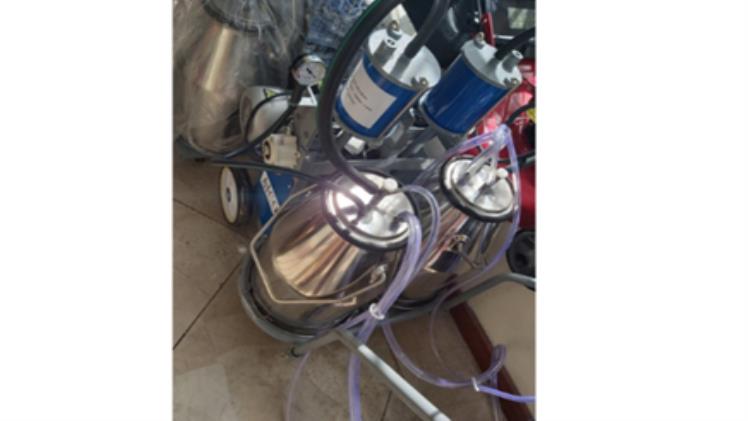Are you constructing a farm and trying to decide whether to hire labor or get automatic milking equipment? Or is your conventional dairy farm merely expanding, and you’re considering investing in new milking equipment? In either scenario, it’s crucial to base your decision on the benefits and drawbacks of both approaches.
This article discusses the pros and cons of using a milking machine on your farm.
Before a farmer decides to employ a milking device on their farm for milking cows, there are a lot of considerations that one should check against. While these machines are meant to save time and reduce labor costs, a lack of proper care of the prevailing circumstances on the farm may be catastrophic for the farmer.
Below are some pros and cons of having a milking machine for your cows.
Pros
1. Boost Your Activity
Efficient milking device can manage animals faster while preserving milk quality, allowing farmers to milk more cows than traditional methods allow.
2. Labor Charges
The second advantage is obvious, and it relates to the capital saved by lowering labor costs. To run efficiently, a dairy farm production that yields by hand generally requires at least 12 workers. With automated milking equipment, only a few will be needed. Is the milking machine for cows price worth it? Probably yes.
3. Less reliance on the labor force
Furthermore, milking equipment reduces the farm’s dependence on workers while still taking labor into account. The inability of a competent worker to work or the choice of leaving a typical dairy would have a significant impact on milk production and revenues. With milking devices, hiring someone to operate the machinery and make sure the dairy farm is continuously operating would be simple.
Cons
1. Costly
There are different types of cow milking machines in Kenya available an affordable purchase price.
2. Painful to clean
Although it only requires 5 minutes to milk a cow, most employees need to milk the equipment immediately before it adheres and introduces bacteria. One thing you should refrain from meddling with is cutting corners on cleaning procedures. The tubes may become a breeding ground for bacteria, contaminating the fresh milk.
3. Adaptation for cows
Older livestock will be affected by this. Aged cows, accustomed to hand milking, may take up to three days to acclimate to automated milking equipment. This could lower the milk’s quality and raise their stress levels. Fortunately, the following generation will be accustomed to the milking equipment. Thus this is only a short-term drawback.
Conclusion
Although one may enjoy one-on-one interaction with their cows, it is only logical to employ hand milking for one or a few cows. I strongly advise investing in a milking machine if you milk several cows, a picky cow, or perhaps a cow with excellent productivity, like a Holstein. Both in terms of time and money, it will repay itself.
While we strive for simplicity on the farm, time management remains a top concern. A dairy farm may find that converting to an autonomous milking system is the finest commitment to operate to the required standard if the right policies are implemented.

